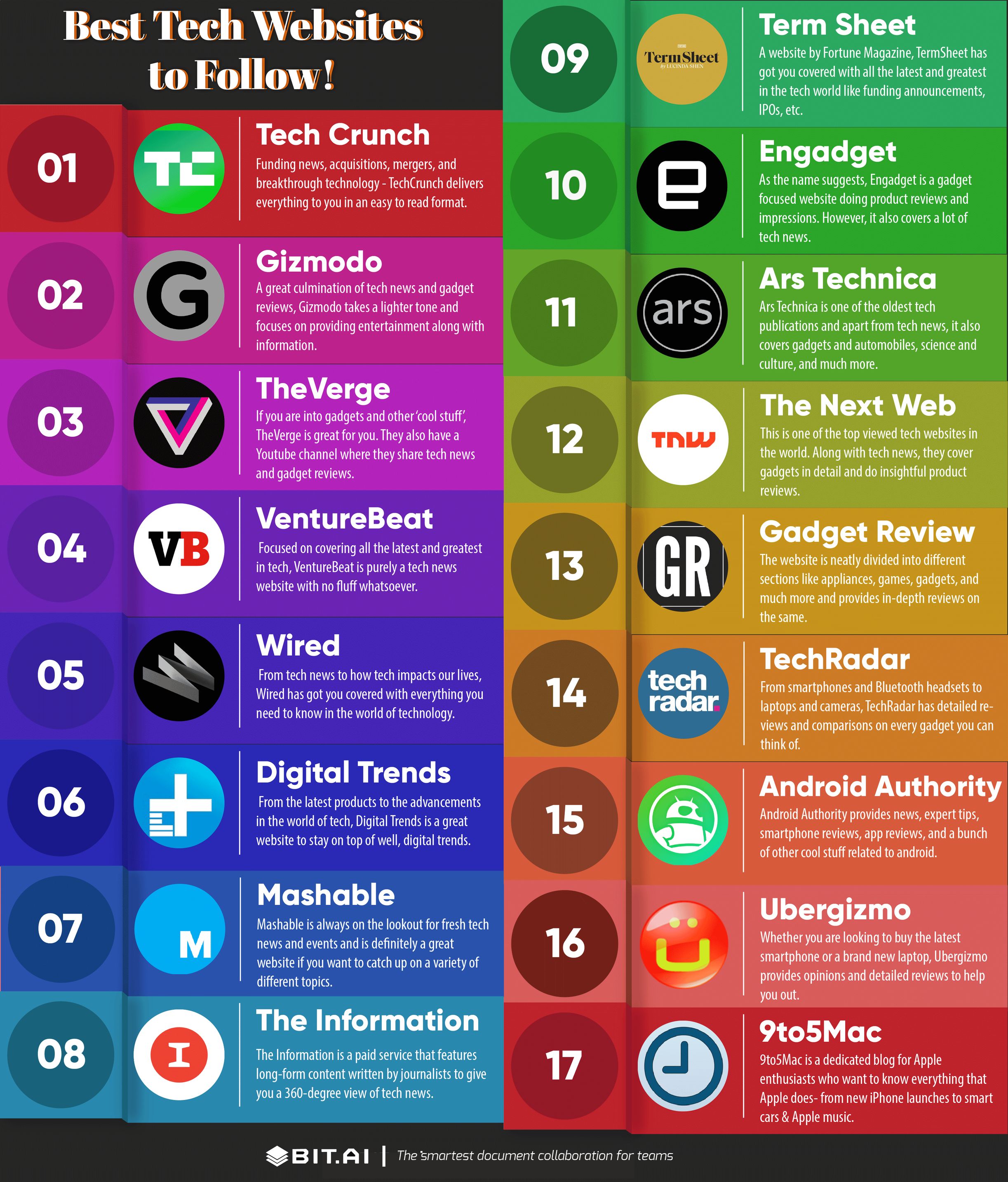The Best tech blog: Your Essential Overview to Navigating the Digital World
Wiki Article
Understanding the Rise of Edge Computer in Today's Digital World
In the swiftly evolving landscape of modern technology, edge computing arises as an essential pressure, improving exactly how information is processed and used. This standard shift is driven by the spreading of IoT gadgets and an escalating need for instant information processing. By transitioning data administration closer to the source, side computing addresses critical latency concerns while enhancing bandwidth use and boosting safety actions. As industries pivot towards smarter, more reliable systems, recognizing the subtleties and effects of this technological improvement comes to be vital. What does this mean for future developments and the electronic ecosystem all at once?What Is Side Computer
Edge computing, although a fairly current innovation in the world of modern technology, fundamentally changes just how data is processed and managed by bringing computation and data storage closer to the place where it is needed. Unlike typical cloud computing models, which typically rely upon centralized data centers that can be geographically far-off, side computer decentralizes data handling. This distance lowers latency, improves real-time data processing, and boosts the total individual experience by guaranteeing much faster action times.At its core, side computer involves a network of localized tools and infrastructure, such as routers, sensors, and gateways, efficient in processing data at or near the source. This local handling capacity is specifically crucial for applications needing immediate information evaluation, such as self-governing cars, industrial automation, and clever cities. Furthermore, by offloading information handling tasks from main web servers, side computing minimizes transmission capacity needs and boosts data privacy and security, as delicate info can continue to be on-site rather than traversing extensive networks.

Trick Vehicle Drivers of Fostering
Several elements are thrusting the adoption of side computing in today's electronic landscape. Edge computing addresses this demand by allowing data handling closer to the information resource, minimizing latency and boosting real-time decision-making capabilities.Another substantial motorist is the demand for enhanced bandwidth efficiency. Central cloud systems can end up being overloaded with the sheer quantity of information created by IoT tools, bring about traffic jams (Best tech blog). By refining information at the side, organizations can minimize network congestion and improve overall system performance
In addition, safety and security and privacy problems are pushing companies toward side computing. By processing delicate information in your area, companies can minimize dangers connected with data transmission and exposure to prospective cyber risks.
The rise of applications calling for real-time handling, such as autonomous cars and boosted fact, additionally necessitates the fast response times that border computing offers. Jointly, these chauffeurs are making side calculating a crucial component of modern-day IT infrastructure, leading the way for its prevalent fostering throughout numerous industries.
Benefits Over Cloud Computing
How does edge computing identify itself from conventional cloud computing? Mainly, edge computing brings data processing closer to the source of data generation, frequently on local gadgets or close-by servers, rather than relying on central information. This proximity considerably decreases latency, making it possible for real-time information processing and decision-making. For industries where milliseconds matter, such as self-governing automobiles or commercial automation, the decreased latency supplied by edge computer can be crucial.Moreover, side computer enhances bandwidth performance (Best tech blog). By processing information in your area, just the necessary data is transferred to the cloud for additional analysis or storage, decreasing the volume of data that goes across the network. This not only minimizes network blockage yet likewise lowers data transmission prices
Side computer also uses better information privacy and security. Delicate data can be processed locally without being sent out to the cloud, minimizing the direct exposure to possible cyber risks. This is specifically advantageous for sectors dealing with private info, such as medical care and financial solutions.
Furthermore, edge computing ensures higher resilience and dependability. Local processing enables continued operation also when connection to the cloud is compromised, keeping vital features and services despite prospective network interruptions. These benefits jointly show edge computer's transformative capacity in maximizing performance and safety and security in electronic ecosystems.
Considerations and challenges
While edge computer provides countless advantages, it likewise provides distinct difficulties and factors to consider that should be dealt with to fully realize its capacity. One substantial obstacle is data protection and privacy. Handling information more detailed to the resource enhances the threat of unapproved gain access to, requiring durable encryption and strict safety and security procedures to shield sensitive information. Additionally, handling and keeping track of a decentralized network of side gadgets can be intricate, requiring sophisticated devices and methods to ensure smooth procedure and upkeep.One more factor to consider is the scalability of side computer options. As the variety of connected gadgets grows, so does the demand for refining power at the edge, which can bring about source restrictions. Organizations needs to thoroughly prepare their facilities to suit this development without jeopardizing performance or efficiency.
Interoperability is an additional crucial factor. With numerous equipment and software elements involved, ensuring compatibility and seamless assimilation can be challenging. Standardization initiatives are necessary to promote communication in between diverse systems.
Future Fads in Edge Computer
Expecting the future, edge computing is positioned to reinvent different sectors by allowing faster data processing and lowering latency. As the volume of information produced by IoT gadgets continues to grow, side computing will certainly come to be progressively crucial in managing this influx successfully.An additional arising trend is the development of edge-native applications designed navigate to this site specifically to utilize the unique capabilities of edge computing. These applications will certainly optimize performance and resource application, bring about raised performance across various sectors. Moreover, developments in 5G innovation will certainly better boost edge computer by offering the necessary framework for Read Full Article high-speed, low-latency interaction in between tools and edge nodes.
Final Thought
Side computing's increase is driven by the proliferation of IoT gadgets and the demand for real-time information processing, which boosts performance by lowering latency and decentralizing information administration. This technique alleviates bandwidth ineffectiveness and safety and security issues, assisting in developments in applications like self-governing lorries and wise cities. Despite obstacles such as facilities intricacy and assimilation, the future of side computing guarantees a more receptive electronic community, with proceeded advancements shaping its evolution and broadening its applicability across sectors.Side computing, although a relatively recent improvement in the realm of innovation, fundamentally transforms exactly how data is processed and handled by bringing calculation and data storage space closer to the place where it is needed. Unlike standard cloud computer versions, which frequently rely on central data facilities that can be geographically remote, side computing decentralizes information handling. Furthermore, by unloading data processing jobs from central web servers, edge computing minimizes bandwidth requirements and improves data privacy and safety, as sensitive information can continue to be on-site rather than passing through extensive networks.

Report this wiki page